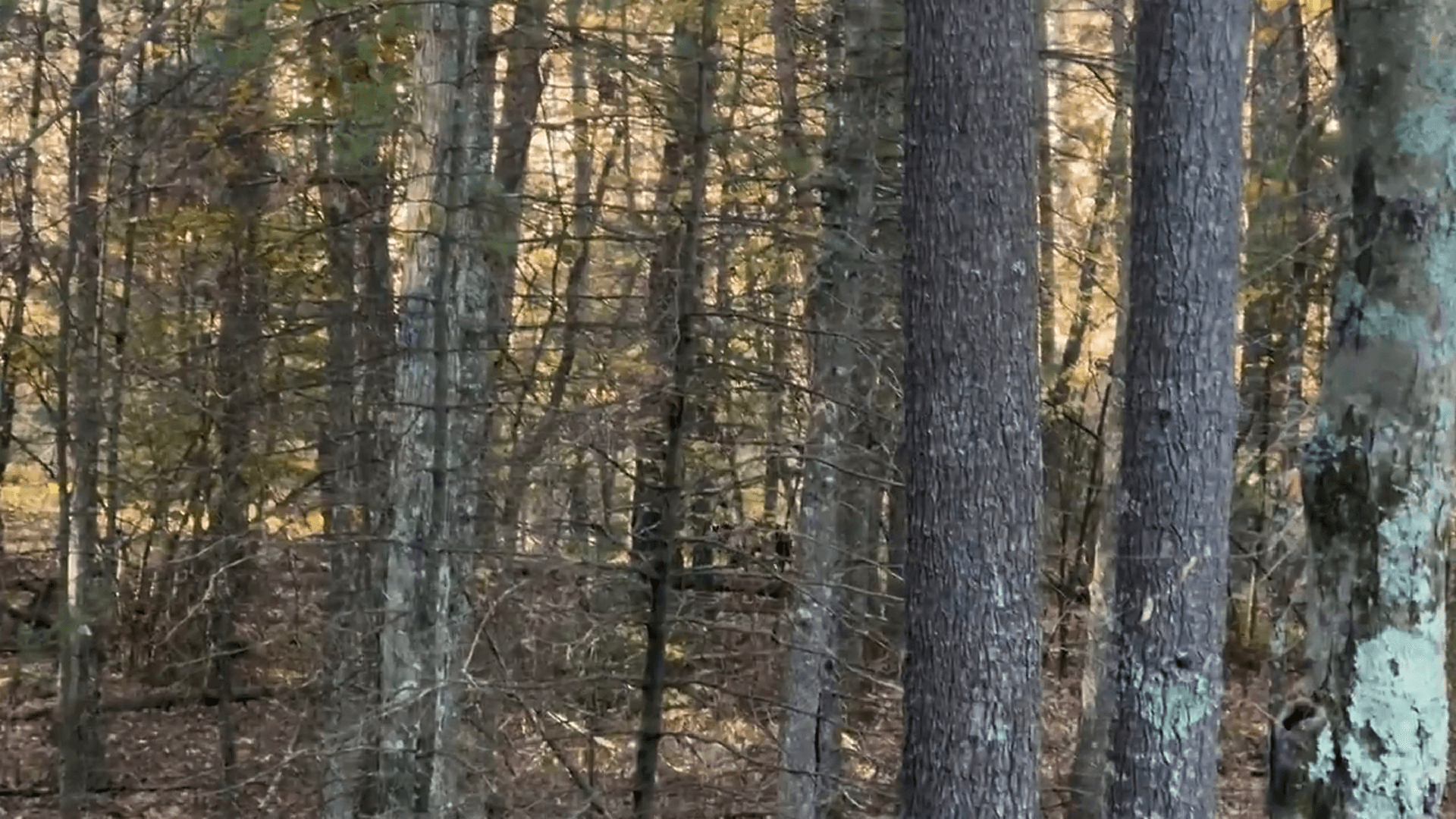
How do cats learn to hunt? Cats learn to hunt the same way most mammals learn things – from their mother. Hunting is a great skill which needs to be learned first, which is almost always taught by their mother or through play with their litter mates. As your cat grows older, they may take this new found skill outside and eventually start bringing prey home, which may be anything from mice and birds to larger prey such as rabbits. If you have an indoor cat on the other hand, they may display these cat hunting behaviours through playing with their toys.
Post: 10 August 11:12














































